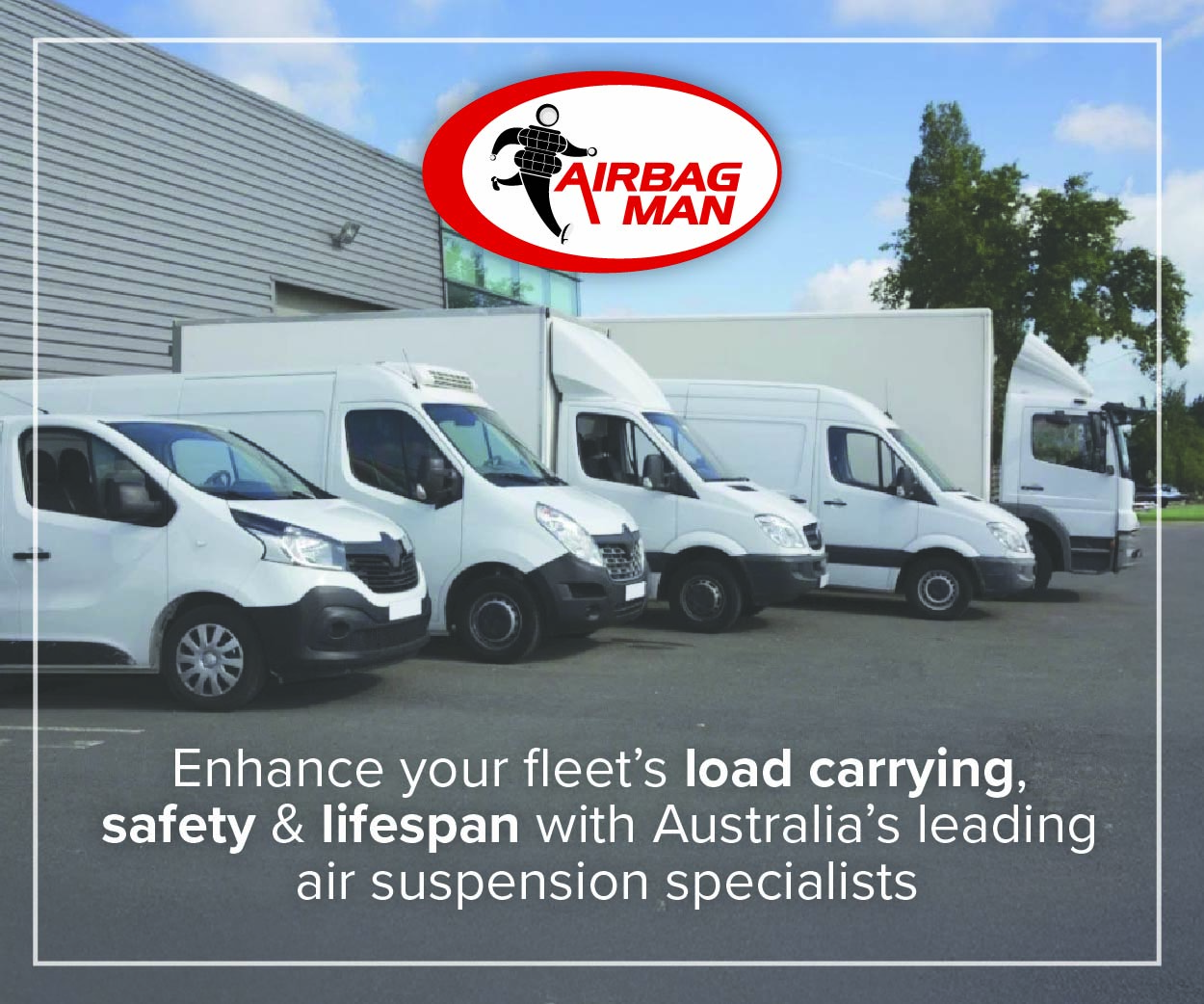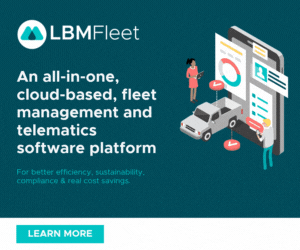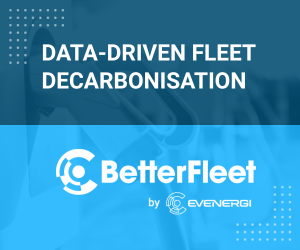As the threat of climate crisis becomes increasingly apparent, urgent action is needed from individuals, organisations, and governments to fight its impacts.
There is no doubt that the COVID-19 pandemic has changed the way we live and work. And while we have witnessed the digitalisation of many work processes, the fact remains that some jobs cannot be performed remotely.
This presents a unique and important opportunity for the fleet management industry to lead by example in reducing their impact. So, for organisations that run fleets, we’ve identified three different tactics for reducing the carbon footprint of your fleet and the vehicles you manage.
Transition to a greener fleet
When it comes to establishing a fleet or adding to your existing one, consider greener vehicles as a way forward. Electric and Hybrid Vehicles are becoming more and more prominent in Australia, as vehicle makers focus on short- and long-term electrification strategies.
Electric and Hybrid vehicles now account for millions of vehicles globally, and the use of these can significantly reduce the amount of carbon emitted by a fleet. By working on a strategy to transition to EVs or HVs, you also work towards reducing the environmental impact of your fleet.
As a fleet manager, you can also consider the benefits of telematics solutions, which provide immediate feedback to drivers on speed, safety, and driving style and help reduce vehicle idling time or avoid sudden braking and speeding. The effective management of these reduces fuel use minimises wear and tear, and can help your drivers utilise their vehicles more sustainably, even when using vehicles that run on fossil fuels.
Reduce emissions
Another option is to actively reduce the emissions your fleet produces. This could be by optimising your fleet to lower the number of vehicles required or, where possible, finding ways to work remotely, resulting in less travel.
Fleet optimisation tools and carpooling functionality allow you to plan your resources more effectively to improve utilisation and workload across your fleet. Detailed vehicle utilisation reports show upward, and downward trends in vehicle usage, allowing you to maximise the usage of the vehicles in your fleet and reduce the number of vehicles required.
Mobility as a Service (Maas) is one of the most discussed topics within the fleet management industry right now and can be used as a tool to increase the sustainability of your fleet.
MaaS aims to assess the link between the need for mobility and the means to move. It uses journey planning algorithms to incorporate public transport, driving, cycling, bike share, ride-hailing, e-scooters and walking into multi-modal trip chains. MaaS allows a person to easily plan their travel via as many, or as few, transport modes as possible by selecting the quickest, cheapest, easiest, most sustainable or scenic journey. The fact that these modes of transport are often shared makes it both economical and sustainable.
Incorporating MaaS into your fleet management practices could reduce the number of vehicles needed and allow staff to find the most efficient way to travel from point A to B.
Offset emissions
For the emissions that cannot be reduced or avoided, you have the option to offset them. This means undertaking an activity that will counteract the carbon emitted by your fleet.
Fleet Management organisations are often asked to offer sustainable solutions for their customers that address a whole range of corporate social responsibility (CSR) and environmental, social and governance (ESG) requirements. Offsetting can be an impactful way to provide this solution, with clear and effective reporting.
Organisations such as Greenfleet have been offsetting carbon on behalf of its supporters since 1997 by planting biodiverse native forests in Australia and New Zealand. Since then, they have planted over 500 forests that will capture more than 3.5 million tonnes of carbon over their lifetime.
By offsetting fleet and vehicle emissions with Greenfleet, you are also enabling the restoration of biodiverse forests that will be protected for up to 100 years. As they grow, these forests will help build native ecosystems, recreate habitat for wildlife and fight the impacts of climate change. Your contribution will have wide-reaching environmental, economic, cultural, and social benefits.
Make a difference
As we are faced with the reality of a changing climate, taking action to improve the sustainability of business practices is an important step in making a difference. This is particularly true for the fleet management industry, where there is an opportunity to lead by example in working towards a more sustainable future.
Whether you consider one or all of the solutions above, reducing your fleet’s carbon footprint is possible through both short-term initiatives and longer-term strategies.
This article was first published by Intelematics and has been republished with permission.



















